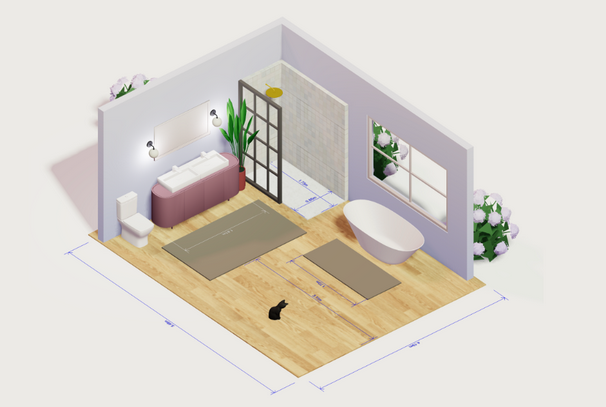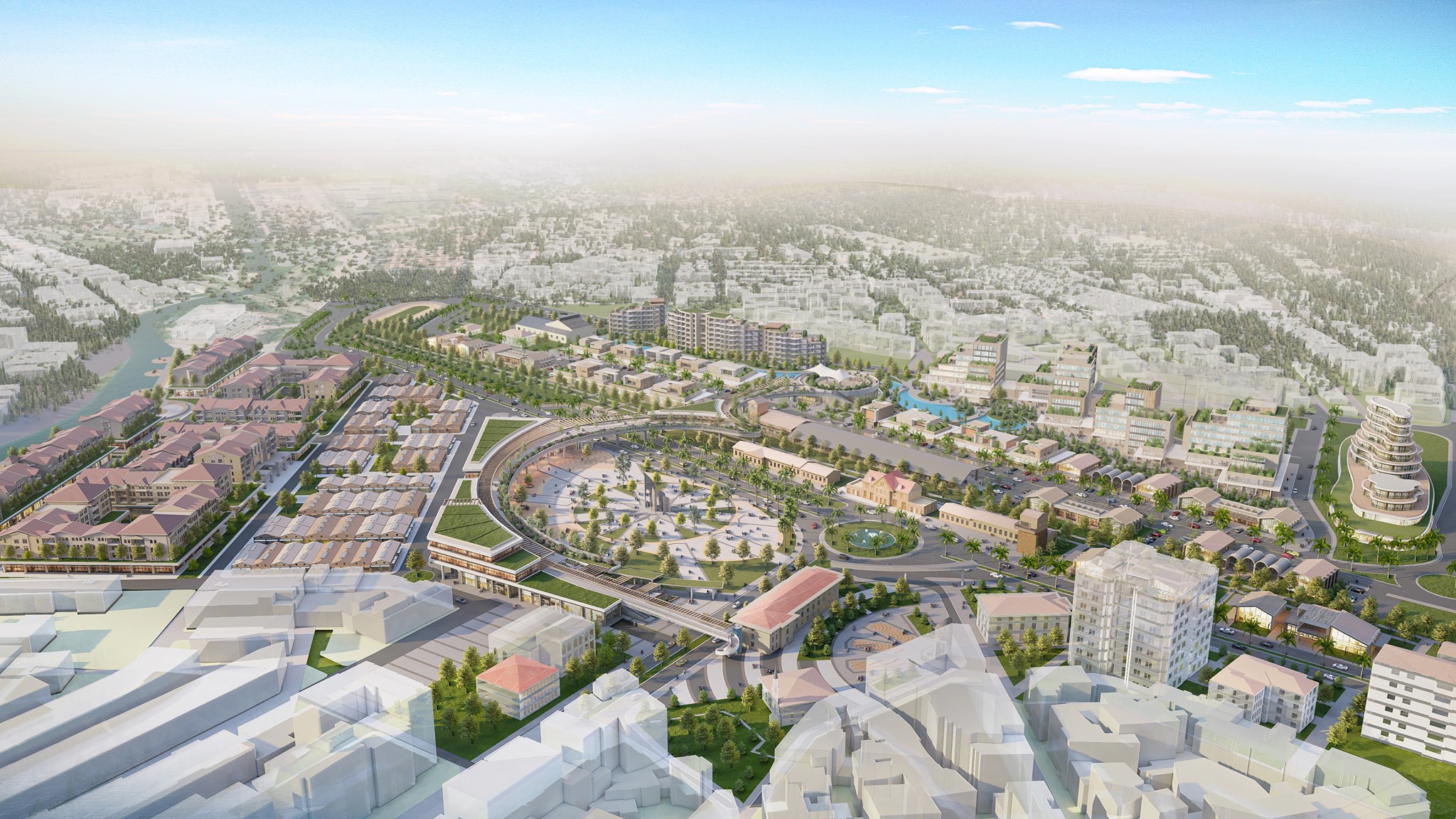- Home
- Articles
- Architectural Portfolio
- Architectral Presentation
- Inspirational Stories
- Architecture News
- Visualization
- BIM Industry
- Facade Design
- Parametric Design
- Career
- Landscape Architecture
- Construction
- Artificial Intelligence
- Sketching
- Design Softwares
- Diagrams
- Writing
- Architectural Tips
- Sustainability
- Courses
- Concept
- Technology
- History & Heritage
- Future of Architecture
- Guides & How-To
- Art & Culture
- Projects
- Interior Design
- Competitions
- Jobs
- Store
- Tools
- More
- Home
- Articles
- Architectural Portfolio
- Architectral Presentation
- Inspirational Stories
- Architecture News
- Visualization
- BIM Industry
- Facade Design
- Parametric Design
- Career
- Landscape Architecture
- Construction
- Artificial Intelligence
- Sketching
- Design Softwares
- Diagrams
- Writing
- Architectural Tips
- Sustainability
- Courses
- Concept
- Technology
- History & Heritage
- Future of Architecture
- Guides & How-To
- Art & Culture
- Projects
- Interior Design
- Competitions
- Jobs
- Store
- Tools
- More
AutoCAD vs Revit: Choosing the Right Software for Your Design Needs
Discover the key differences between AutoCAD and Revit in our comprehensive article. Explore AutoCAD's strengths for precise 2D drafting and detailed designs across various industries, while Revit revolutionizes collaboration through its powerful BIM capabilities and 3D modeling.

In the world of design and architecture, choosing the right software can make all the difference. AutoCAD and Revit are two titans in the industry, each offering unique features that cater to different needs. While AutoCAD has long been the go-to for 2D drafting, Revit has emerged as a leader in Building Information Modeling (BIM), revolutionizing how we approach design and collaboration.
As we explore the strengths and weaknesses of AutoCAD and Revit, we’ll uncover how each tool can impact our workflow and project outcomes. Whether we’re drafting detailed plans or managing complex building models, understanding the nuances of these platforms helps us make informed decisions that enhance our projects and streamline our processes. Let’s dive into the comparison and see which software might be the best fit for our design aspirations.

Table of Contents
ToggleOverview of AutoCAD and Revit
AutoCAD is a widely-used software for 2D drafting and detailed design work. It provides versatile tools that apply to a range of industries, including architecture, engineering, and construction. Features like customizable toolsets and extensive libraries of symbols enhance productivity and precision. AutoCAD enables users to produce clear, accurate drawings that meet professional standards.

Revit, on the other hand, specializes in Building Information Modeling (BIM). This software supports a collaborative environment where architects, engineers, and contractors can work together on projects seamlessly. Revit’s focus on 3D modeling allows for data-rich models that encapsulate all building elements in one platform. Through this integrated approach, Revit promotes efficient workflows and improved accuracy in building documentation.
While AutoCAD excels in 2D design, Revit offers advanced capabilities for managing comprehensive building information. Each software presents unique advantages depending on the project’s requirements. Understanding these distinctions better equips us to choose the right tool for specific design and architectural tasks.
Key Features Comparison
We compare the core features of AutoCAD and Revit to better understand their distinct capabilities and applications in design and architecture.

AutoCAD Features
- 2D Drafting Excellence: AutoCAD excels in producing precise 2D drawings. Architects and engineers rely on its robust drawing tools to create floor plans, elevations, and sections.
- Extensive Toolset: AutoCAD features a variety of tools for annotations, hatching, and dimensioning, enhancing the quality and clarity of design documentation.
- Customizable Workspaces: Users can personalize workspaces to streamline their workflow, improving productivity and efficiency in design tasks.
- Layer Management: AutoCAD’s layer management allows for organizing complex drawings. It enables users to control visibility, printing, and color assignments as needed.
- Compatibility: AutoCAD supports a wide range of file formats, allowing easy collaboration with other software applications in the architecture and engineering sectors.
Revit Features
- Building Information Modeling (BIM): Revit’s focus on BIM promotes a data-driven approach. Users create intelligent 3D models that encapsulate both geometry and relevant information about building elements.
- Collaboration Tools: Revit supports multi-user environments, enabling architects, engineers, and contractors to work on the same model simultaneously. This feature fosters seamless communication and reduces errors.
- Automated Updates: When changes occur in the model, Revit automatically updates related views, schedules, and documentation. This minimizes repetitive tasks and enhances accuracy.
- Parametric Components: Revit employs parametric modeling, meaning changes to one component affect related geometry throughout the project. This promotes consistency and integrity in design.
- Comprehensive Reporting: Revit generates detailed reports and schedules directly from the model. This capability enhances project documentation and facilitates effective communication among stakeholders.
Use Cases for AutoCAD and Revit
Selecting the appropriate software impacts project efficiency and outcomes. We explore specific industries that leverage AutoCAD and Revit, highlighting their unique applications.

Industries that Prefer AutoCAD
- Architecture – AutoCAD serves architects needing precise 2D drawings. Its detailed annotation and dimensioning tools facilitate intricate designs.
- Engineering – Engineers favor AutoCAD for its robust drafting capabilities, which streamline design workflows and support various engineering disciplines.
- Construction – Construction firms utilize AutoCAD for site plans and logistical drawings, ensuring clear communication among stakeholders.
- Manufacturing – Manufacturers rely on AutoCAD for detailed schematics and technical drawings, enabling accurate production and assembly planning.
Industries that Prefer Revit
- Architecture – Architects chosen Revit for its BIM capabilities, allowing for comprehensive design integration and seamless collaboration across teams.
- Structural Engineering – Structural engineers leverage Revit’s parametric components to maintain design consistency and analyze structural loads effectively.
- MEP Engineering – MEP (Mechanical, Electrical, Plumbing) engineers favor Revit for its ability to create detailed system designs, enhancing coordination among trades.
- Construction Management – Construction managers adopt Revit to facilitate project tracking and documentation, improving project timelines and resource management.
Performance and Usability
Performance and usability are critical factors in selecting between AutoCAD and Revit. Each software offers distinct user experiences that cater to specific design needs and workflows.

User Interface of AutoCAD
AutoCAD features a familiar and straightforward user interface, making it approachable for new users. It employs a command-line interface alongside a ribbon where tools are easily accessible. Users benefit from customizable tool palettes that allow for personal workspace arrangements. This flexibility enhances productivity, particularly for repetitive tasks. Navigation is intuitive, with options for viewing, zooming, and panning that streamline the drafting process. Additionally, extensive online resources and community support help users troubleshoot issues quickly.
User Interface of Revit
Revit’s user interface centers around its data-driven approach to Building Information Modeling (BIM). A tabbed ribbon organizes tools into logical groups, improving user efficiency through straightforward access to commonly used features. The software’s contextual tools change dynamically based on the selection, which simplifies complex tasks. Users experience enhanced collaboration through integrated views and tools for multi-user environments. Furthermore, Revit’s property panels provide a wealth of information and customization options on selected components, fostering design consistency across all project elements.
Cost Analysis
Cost plays a crucial role in selecting between AutoCAD and Revit, as both software offerings have different pricing structures and licensing models.

| Software | Licensing Model | Approximate Cost Range |
|---|---|---|
| AutoCAD | Subscription or Perpetual Licenses | $1,690 – $2,250 annually |
| Revit | Subscription Only | $2,405 – $2,800 annually |
AutoCAD typically offers both subscription and perpetual licensing options, allowing flexibility in user investment. Revit, however, adopts a subscription-only model, which may lead to higher long-term costs.
Overall ownership costs often include expenses related to training, support, and system requirements. Companies that use AutoCAD may incur lower training costs due to its established user base and simpler interface. In contrast, investing in Revit may result in higher initial training costs, primarily because of its unique BIM functionalities.
Operating costs also vary. AutoCAD’s implementation within organizations tends to be straightforward due to its established integrations, while Revit’s collaborative nature adds value but may require additional resources to maintain.
Business considerations may include project size and complexity. AutoCAD might be more cost-effective for smaller, simpler projects, whereas investing in Revit pays off in larger, more intricate developments where collaborative and data-rich environments enhance productivity and reduce errors.
Ultimately, our choice between AutoCAD and Revit should consider not only initial costs but also the potential for improved efficiency and project outcomes over time.
Conclusion
Choosing between AutoCAD and Revit hinges on understanding specific project requirements and the strengths of each software. AutoCAD excels in 2D drafting applications, making it an ideal choice for detailed design work in architecture, engineering, and construction. Its extensive set of customizable tools benefits users seeking precision in producing complex drawings.
Conversely, Revit shines in environments that embrace Building Information Modeling (BIM), offering robust 3D modeling capabilities that enhance collaboration among architects, engineers, and contractors. This software’s data-driven approach and parametric components foster design consistency and efficient workflows, proving advantageous for multifaceted projects.
When evaluating performance, usability, and cost, we notice distinct differences. AutoCAD’s approachable interface caters to newcomers, facilitating a shorter learning curve. Revit requires more in-depth training but rewards users with advanced collaboration features and the ability to maintain design integrity.
Cost considerations further underscore the differences; AutoCAD’s pricing structure generally offers more flexibility, while Revit’s subscription-only model emphasizes sustained investment in advanced capabilities.
Evaluating these factors will guide our decision-making process, ensuring we select the most suitable tool that aligns with our design intentions and project goals. Each software brings unique advantages, and our proficiency with these tools ultimately shapes project outcomes.
- AutoCAD and Revit features
- AutoCAD Revit integration
- AutoCAD vs Revit 2023
- AutoCAD vs Revit advantages
- AutoCAD vs Revit comparison
- AutoCAD vs Revit for architects
- AutoCAD vs Revit for construction
- AutoCAD vs Revit for engineers
- AutoCAD vs Revit for interior design
- AutoCAD vs Revit for MEP
- difference between AutoCAD and Revit
- Revit vs AutoCAD for beginners
- Revit vs AutoCAD pros and cons
- Revit vs AutoCAD which is better
I create and manage digital content for architecture-focused platforms, specializing in blog writing, short-form video editing, visual content production, and social media coordination. With a strong background in project and team management, I bring structure and creativity to every stage of content production. My skills in marketing, visual design, and strategic planning enable me to deliver impactful, brand-aligned results.
Submit your architectural projects
Follow these steps for submission your project. Submission FormLatest Posts
Best Architectural Software for Students in 2025
In 2025, digital tools aren’t just convenient — they’re essential to learning,...
Beginner’s Guide to Arcadium 3D: Your First Room Design in 5 Easy Steps
Designing a room used to mean wrestling with tape measures, mood boards,...
Architectural Design Software Tools for Student Design
Many architecture students want fast ways to explore ideas. Some of them...
Lumion 2024.3: It’s Time to Enhance Urban Visualization
With 5x faster video rendering, a remarkable improvement in material quality, and...












Leave a comment